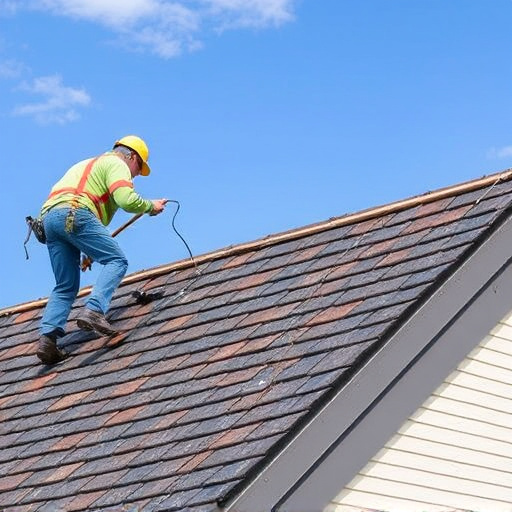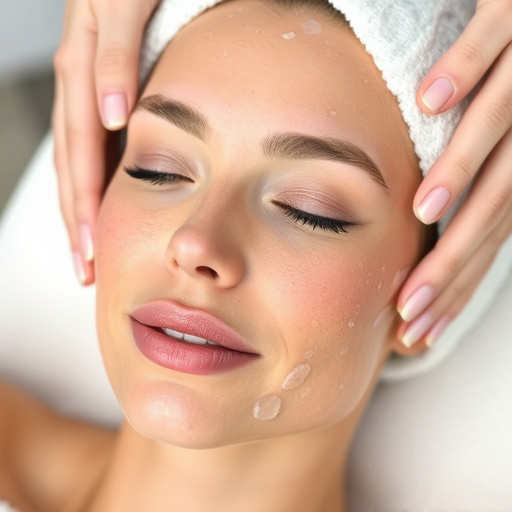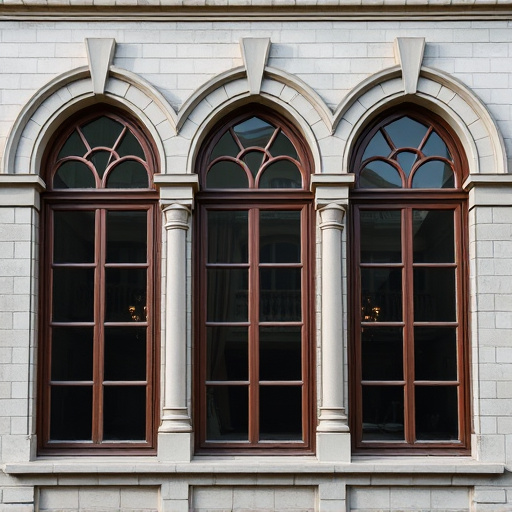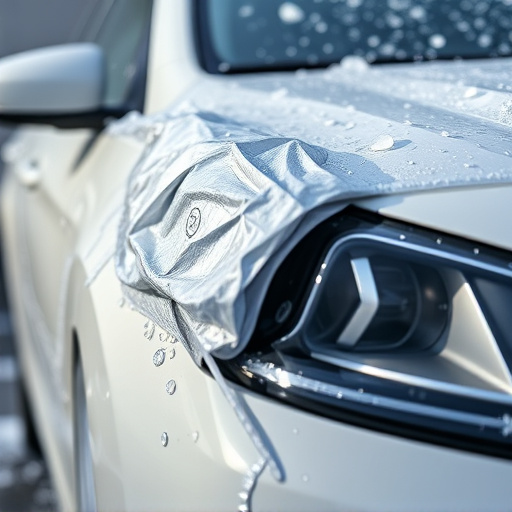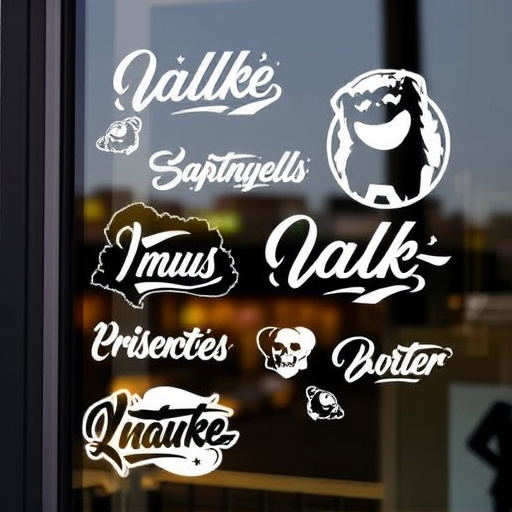Paint deterioration from weather, pollutants, and daily wear harms surfaces. Paint enhancement techniques use advanced chemistry and technology to restore color, protect against damage, and extend lifespan. This meticulous process includes assessment, specialized cleaning, repair, UV protection, and custom graphics like Paint Protection Film (PPF). For artworks, conservators use tailored techniques, solvents, pigments, and vinyl wraps to revive original splendor while ensuring longevity in diverse environments.
Discover the art of rejuvenation with paint enhancement—a process that restores color and depth to faded artworks. This comprehensive guide explores the science behind modern techniques, delving into the causes of paint deterioration and offering a step-by-step restoration process. Learn how professionals revive historical treasures, ensuring their longevity for future generations. Embrace the magic of paint enhancement, where old masterpieces find new life.
- Understanding Paint Deterioration and Its Causes
- The Science Behind Paint Enhancement Techniques
- Restoring Artworks: Step-by-Step Process
Understanding Paint Deterioration and Its Causes

Paint deterioration is a common issue that can significantly impact the appearance and value of any surface, be it a car’s exterior or a building’s facade. Understanding the causes behind this process is essential when considering paint enhancement solutions. Over time, various factors contribute to the decline of a paint job, including exposure to harsh weather conditions such as sunlight, rain, snow, and extreme temperatures. These elements can break down the paint’s chemical structure, leading to fading, chipping, and loss of gloss.
Additionally, environmental pollutants, like acid rain and airborne contaminants, accelerate the aging process by corroding the paint surface. Even everyday activities like washing or improper storage can cause damage. Scratches, nicks, and dirt accumulation weaken the bond between the paint and substrate, making it more susceptible to further deterioration. Fortunately, with modern advancements in paint correction techniques and high-quality finishes, restoring a surface’s original color and depth is now achievable, ensuring a vibrant and protective layer for years to come.
The Science Behind Paint Enhancement Techniques

The science behind paint enhancement techniques involves a complex interplay of chemistry and technology. These methods are designed to revive and restore the original vibrancy of painted surfaces, which can fade over time due to various environmental factors. Paint enhancement isn’t merely about applying a fresh coat; it’s a meticulous process that starts by understanding the composition of the existing paint. Specialized chemicals and compounds are used to clean, repair, and re-create the paint’s original depth and color, ensuring a flawless finish.
One key aspect is the use of advanced technologies like UV protection layers and custom graphics applications. A professional PPF (Paint Protection Film) installation, for instance, provides an extra barrier against damaging ultraviolet rays from the sun, prolonging the lifespan of the paint job. These enhancements not only protect but also enhance, creating a stunning, long-lasting effect that can transform a vehicle’s or structure’s exterior appearance. Additionally, custom graphics can add unique artistic touches, making each restoration one-of-a-kind.
Restoring Artworks: Step-by-Step Process
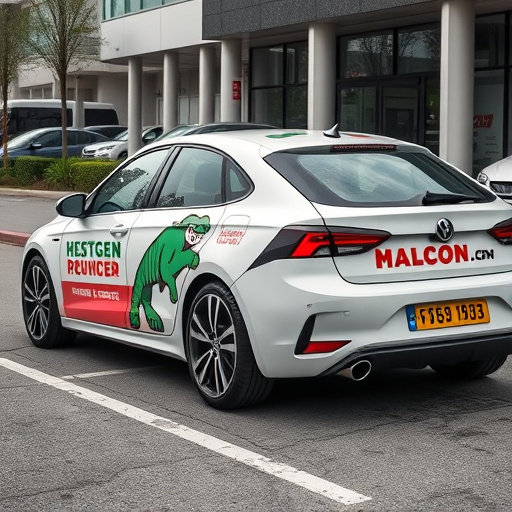
Restoring artworks through paint enhancement is a meticulous process that involves several steps to revive their original splendor. It begins with an extensive assessment of the artwork, identifying areas of loss or damage such as faded colors, chipped paint, or missing sections. This initial phase is crucial for understanding the extent of restoration required and creating a detailed plan.
The actual restoration involves various techniques tailored to different surfaces and materials. For paintings on canvas, conservators might use specialized solvents to clean the surface gently, removing built-up dirt and grime without harming the underlying layers. In cases where paint has flaked or chipped, careful filling and retouching with compatible pigments and high-quality finishes ensures a seamless blend with the original artwork. This is followed by meticulous layering of transparent colors to re-create depth and luminosity, enhancing the overall visual impact. For more intricate pieces, vinyl wraps can provide an additional layer of protection, ensuring longevity even in challenging environments, much like vehicle protection for cars exposed to harsh weather conditions.
Paint enhancement techniques have proven to be a powerful tool in restoring artworks’ original vibrancy and depth. By understanding the science behind deterioration and employing meticulous methods, restorers can revive pieces, preserving them for future generations. This process not only conserves historical treasures but also allows us to appreciate the intricate details and colors that once brought these artworks to life. With continued advancements in paint enhancement, the preservation of our cultural heritage becomes increasingly accessible and secure.
